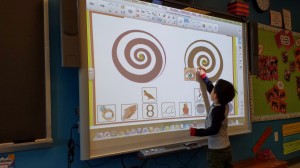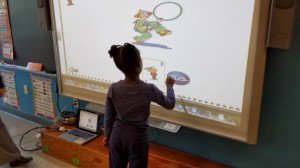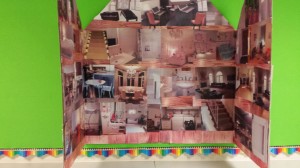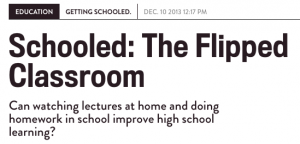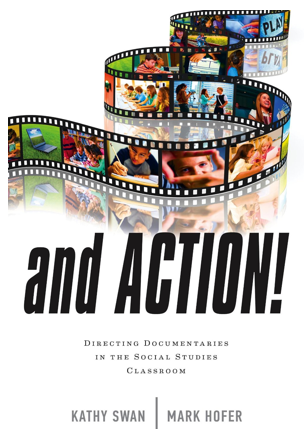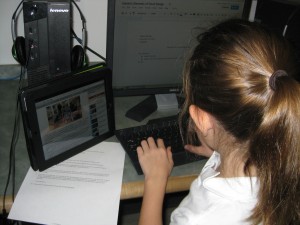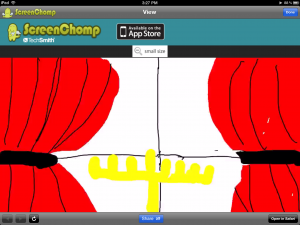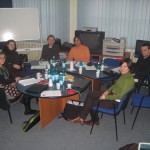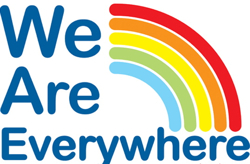Recently I spent some time in two classes where the early childhood teachers seamlessly used technology to help their young students reach the learning goals for their respective lessons. Cecilia Rios teaches one of our two Spanish Kindergarten classes. She is a leader in our iPad pilot and uses her interactive whiteboard (IWB) in a student-centered manner. With one of the biggest and deserved complaints about IWBs being that they are often used just for direct instruction, it was nice to see Cecilia’s students interacting with the software on the board. The students were comfortable answering questions by moving to the board to manipulate digital objects.
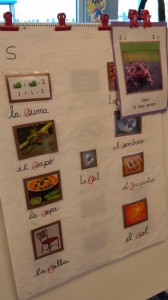
Cecilia’s room is filled with images, objects and descriptors to immerse her students in the Spanish language.
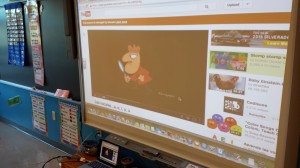
Movement, singing, and hands-on activities are a big part of our early childhood program. The teachers tell me that learning a second language also involves social engagement and games to help students learn within routines that use language. Teachers like Cecilia also bring in digital media (see image above) so that students can see and hear Spanish in a fun and engaging way.
I also spent some time in Rebecca Courouble’s French Pre-Kindergarten classroom. Rebecca is another one of our tech leaders. Besides using her IWB for interactive language work, Rebecca created a series of online video storybooks with pages from books where she virtually reads to her students. Rebecca also has a Moodle site rich with resources to extend learning beyond the classroom. She will be one of my models as we work to further our efforts to provide a blended learning environment for our students.
________________
One of the many wonderful aspects of the Primary Years Programme (PYP) of studies is the conceptual nature of the learning goals. Built along the same lines of Understanding by Design, the PYP curriculum starts with the end in mind focusing on the learning goal. The learning goal is all about big ideas that connect to multiple disciplines.
The Kindergarten students recently finished a unit about homes. The inquiry unit had the students pondering questions about the various ways and reasons why people build their homes the way they do. While the goal was to understand how homes are designed to fit the needs of the people and their localities, the students started their learning pursuit by looking at the similarities and differences of each others’ homes. They took photos of rooms in their houses and then worked with their teachers to build a three-dimensional composite. An example of their work is below.
